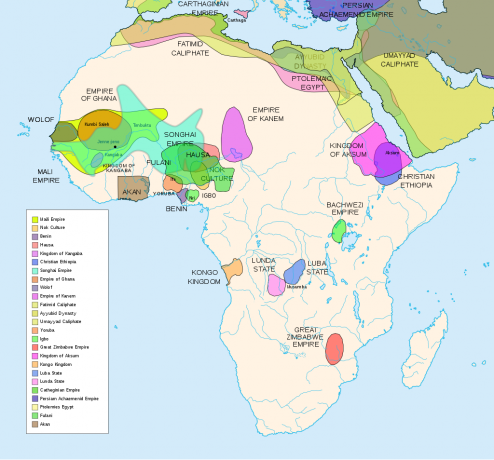For a long time, Magdalene has been a character who awakens the most varied questions of faith within Christian thought. In medieval times, she could represent the woman as a being, full of sins and who should rely on faith to try to stand against the instincts of her natural condition. Recently, the popularization of apocryphal texts (not officially recognized) places her in the perspective of a companion of Christ who was essential to the spread of Christianity.
Unlike the many other Marys that appear in the Bible, Magdalene does not have her name linked to a husband or father. However, her last name may also refer to the thriving commercial city of Migdal, where she was supposedly born. Even today it is possible to find an ancient sign in the ruins of this city that describes this enigmatic woman as a servant of Christ.
At the same time, the term “Magdalene” means “tower” in Aramaic. In symbolic terms, the tower is a privileged place, from which you can have a broader view of things. Coincidentally, she is the character in the biblical narrative who initially realizes that Christ's tomb was empty on the third day. To some extent, this first perception highlights a whole discussion that intends to circumscribe its role in the history of Christianity.
In the official collection of biblical books she exposes an ideal of fragility and repentance, when linked to the image of a prostitute who repents of her past life to follow Jesus. In her first encounter with the Messiah, she gets rid of seven demons that occupied her body. Observing the recurrence of the number seven, we can see that her salvation encompassed the end of a work (like the time of the creation of the world) and deliverance from all sins (the seven deadly sins).
More than a repentant human, she stands as a woman completely redeemed and free from any kind of sin. However, if the possibility existed that this interpretation had been consolidated, it ended up disappearing, as Pope Gregory the Great (540 - 604) and the texts of the Inquisition had the function of placing her in the vacillating position of a woman who walked between the tenuous limits of salvation and of sin.
After Christ's ascension, the image of Mary Magdalene disappears like that of a woman who would no longer be of use. However, in a passage in the book of Romans, the apostle Paul points out that, among several preachers of Christianity, Mary would have done “much for you”. Even not specifying that Mary would be this, it is worth remembering that Madalena would have great possibilities of to act as a preacher as a woman free from marriage and born in a busy city commercial.
Through these signs, the supposed veracity of the apocryphal texts – especially the Gospel of Philip – gain an incendiary proportion. The dimension of a free and independent woman is strengthened with the figure of the closest follower of Christ, who would have a love for her of carnal and spiritual dimensions. Despite being controversial and activating several attractive interpretations, the historical evidence is not enough for her to be established as the "wife of Christ".
It should be noted that the apocryphal texts that suggest the intimate contact between Christ and Magdalene may also be making a symbolic construction. The manifestations of the body are commonly used as allegories that express the consummation of a higher spiritual experience. The very biblical description that reports that Jesus sweated blood may, for example, represent the Messiah's agitation in recognizing the nearness of his destiny in the world.
Through the precariousness of a verdict, we see that the fragmentation of Magdalene in other images exposes the vivacity that religious experience can have in our daily lives. On the one hand, the construction of a more positive Mary Magdalene reinforces the Christian value that has long stressed that “the last will be the first”. On the other hand, this same image can satisfy the issues of a present time, in which women gain another place in society and clerical authority is no longer the same.
Do not stop now... There's more after the advertising ;)
By Rainer Sousa
Graduated in History
Brazil School Team
the great women - History - Brazil School
Would you like to reference this text in a school or academic work? Look:
SOUSA, Rainer Gonçalves. "The Meanings of Mary Magdalene"; Brazil School. Available in: https://brasilescola.uol.com.br/historia/os-significados-maria-madalena.htm. Accessed on June 28, 2021.

